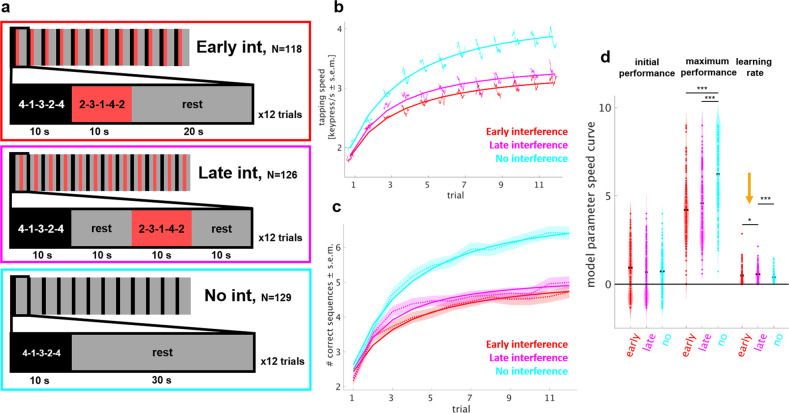Fig. 2. Experiment 2: stabilization of motor skill during short periods of rest.
a Task: learning of the target sequence was interfered by learning of another sequence either immediately (early interference, N = 118, first row), or 10 s after (late interference, N = 126, second row) each practice period. To avoid proactive interference of late interference on the following trial, a rest period of 10 s was introduced and the rest period in the early interference group matched to 20 s. In a control group, no interference was given, and each practice period was followed by 30 s of rest (N = 129). Training consisted of 12 trials amounting to 8 min. b Skill was measured as the average inter-tap interval within correct sequences (tapping speed measured in keypresses/s)2,24 and c as the number of correct sequences2,5,22,25,26. The performance curve of each group (red: early interference, magenta: late interference, cyan: no interference; mean + s.e.m.) is overlaid with the average of modeled performance curves. Note the shallower rise of the performance curve in the early as opposed to late interference group. d Model parameters (initial performance, maximum performance, and learning rate) of the learning curve for each experimental group, the line denotes the mean. Modeling of the number of correct sequences revealed a significant group difference in the learning rate, with early interference showing a shallower curve (P < 0.05, orange arrow). *P < 0.05, ***P < 0.001.

